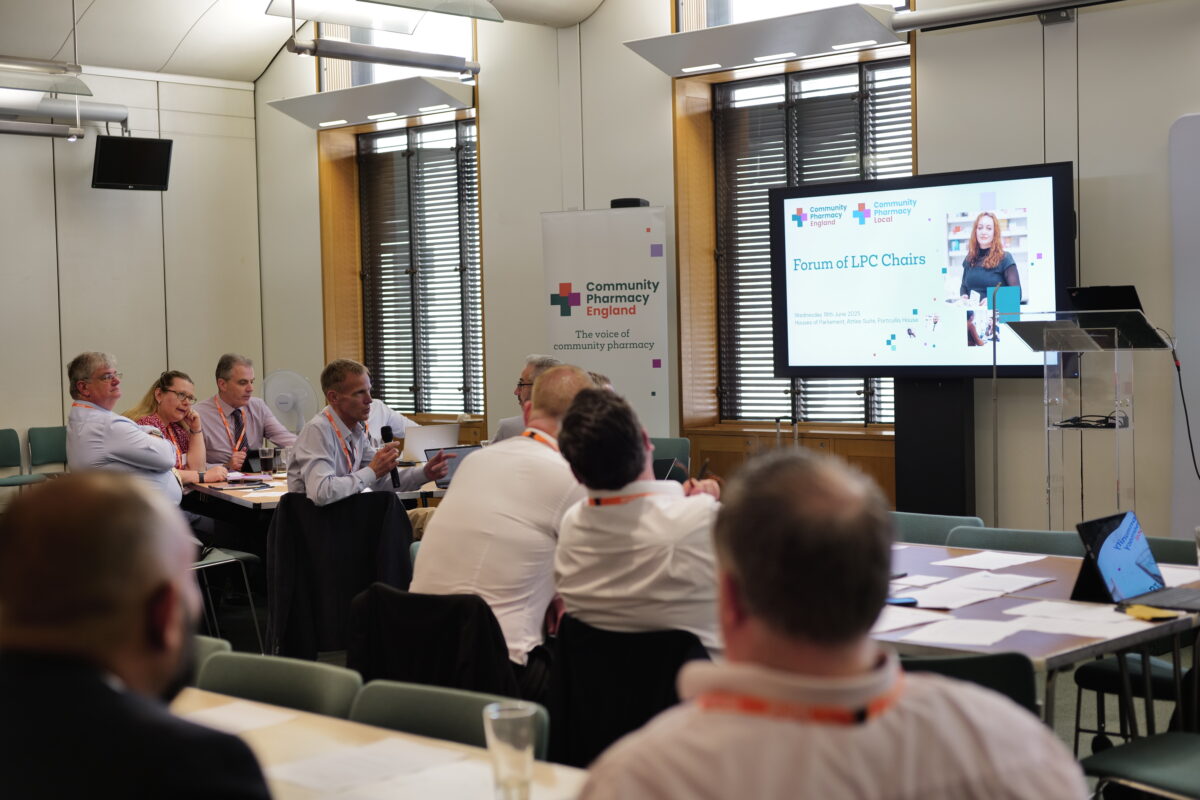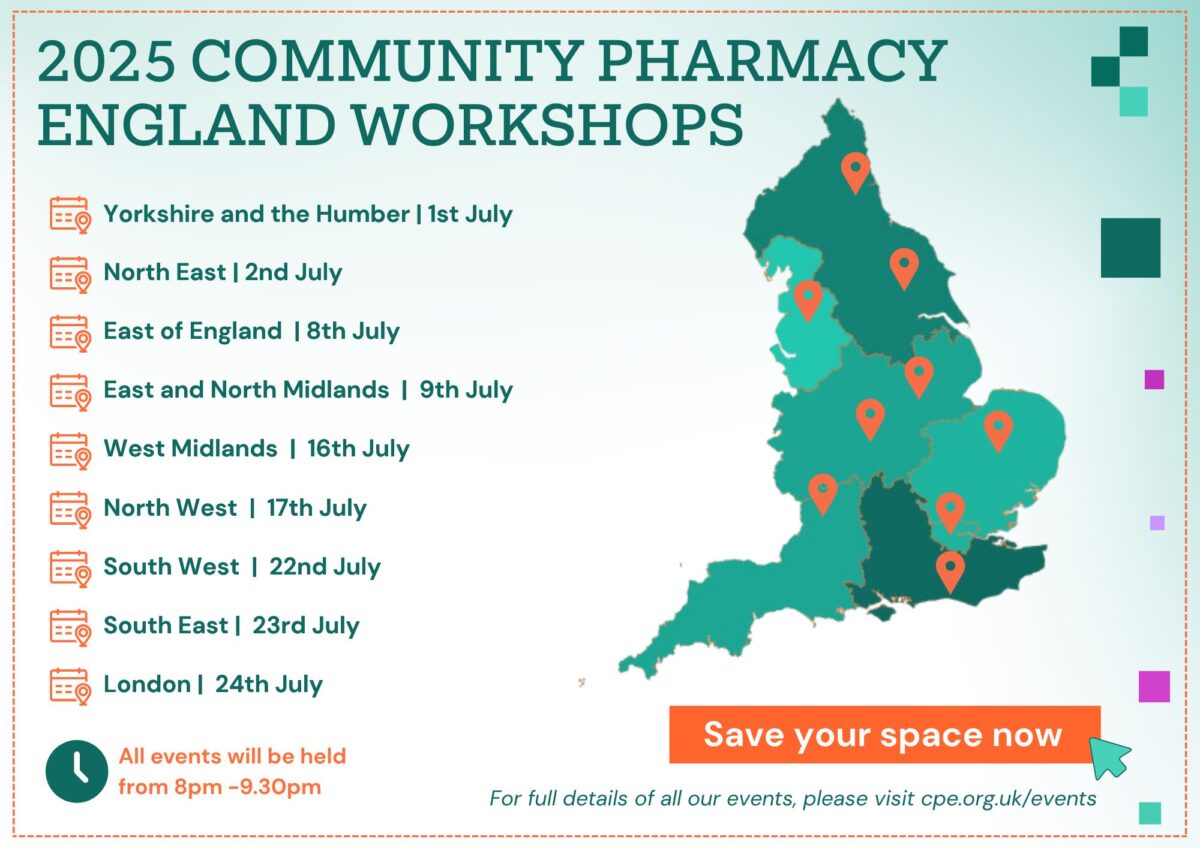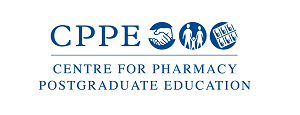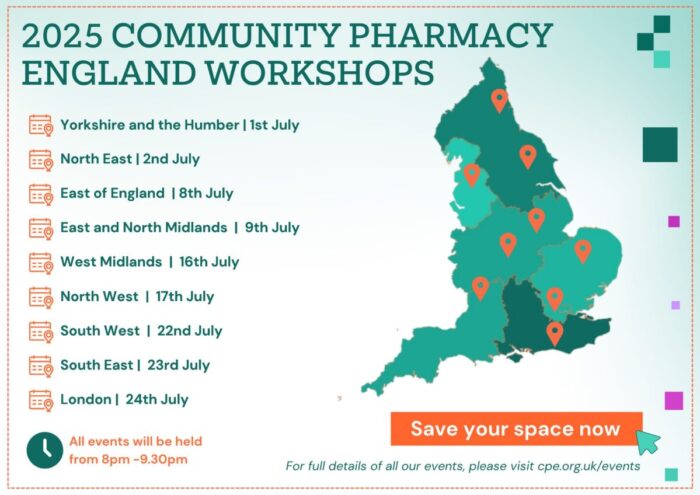Service case study: Proactive detection of HVD in community pharmacy
Published on: 8th January 2024 | Updated on: 18th January 2024
A community pharmacy in Farnborough has participated in a proof of concept evaluation that aimed to test if detection of heart valve disease (HVD) using digital auscultation by a community pharmacist could be an effective entry point to the HVD pathway towards diagnosis and treatment.
The service evaluation, which was developed in Farnborough Primary Care Network (PCN), compared the community pharmacy pathway, over the same time period, with the standard GP auscultation and referral pathway within the same PCN. The evaluation was launched in June 2022 and ran for six months.
The pharmacist, James Martin, from Chapel Pharmacy, was trained to use an e-stethoscope which assists with murmur detection using artificial intelligence (AI) software.
Eligible patients
The service targeted all patients over 75 years old, as well as any patient with hypertension, type 2 diabetes, ischemic heart disease, or atrial fibrillation who visited the pharmacy. Walk-in patients with symptoms suggestive of HVD were also eligible for the service.
Eligible patients were given a leaflet about the service, accompanied by face-to-face engagement or a follow-up telephone call. Where a murmur was detected during the auscultation appointment, a digital referral was sent to the community echocardiography service and copied to the patient’s GP. The echocardiography service assessed and processed patients into categories. Patients were classified into three categories, as normal or with trivial, mild or moderate/severe HVD. Where no murmur was detected at auscultation, GPs were notified that the patient had undergone the test.
Outcomes and potential impact
In total, 86 patients underwent digital auscultation within the community pharmacy. Of these 39 patients (45%) were identified as having murmurs, who were then referred to echocardiography. In comparison, auscultating manually, GPs in the PCN area made 24 referrals to echocardiography for suspected murmurs during the same period. Unfortunately, the total number of patients auscultated by GPs during the period is unknown.
Referrals to echocardiography

While both the community pharmacy and the general practices identified a similar number of patients with normal or trivial HVD, general practices identified a higher percentage of patients with mild HVD. Excluding the normal or trivial HVD patients, the community pharmacist identified 70% more mild or moderate/severe HVD patients (17 vs 10 patients).
The proof of concept service highlighted that community pharmacy could play an important role in proactive detection of HVD, by identifying and referring patients who would not otherwise have been found.
The service evaluation shows that community pharmacy referrals, made outside the usual GP/hospital route, could result in successful diagnoses of otherwise undetected serious disease and the accessibility of this community service could be a powerful asset to the HVD pathway.
Recommendations and next steps
This service is seen, by the expert group advising on the proof of concept evaluation, as a promising first step towards transforming outcomes for people with HVD. The paper acknowledges that while community pharmacy could be part of the solution, a number of challenges including funding, facilities, digital integration etc will need to be overcome. Experts involved in the service evaluation, believe initially, an expanded pilot study is needed. If an expanded pilot study is successful, the service could then potentially lead to a commissioned service in the future by integrated care boards in collaboration with cardiac clinical networks.
Speaking about the service, Deborah Crockford, former Chief Officer of Community Pharmacy South Central, said:
“It is exciting and satisfying to see how new technologies, in combination with the unique skills and attributes of community pharmacy, can be utilised to elevate the provision of healthcare in a collaborative system. Lives have been saved and improved whilst producing a long-term reduction in costs for the NHS.”
Speaking about the service, James Martin, Pharmacist at Chapel Pharmacy, said:
“The community pharmacy heart valve detection pilot was a unique opportunity to truly demonstrate the value of community pharmacy. Often, as a profession, we say we are the most accessible service for patients (although with recent pharmacy closures and underfunding this is becoming increasingly difficult) and this service exemplified this.
“Embracing new technologies, and collaborative working with other healthcare professionals allowed us to opportunistically auscultate over 80 patients and to detect a murmur in just under 50% of these patients. These patients were then referred to a GP with special interest, where they had an ultrasound. 50% of these referred patients had a moderate to severe condition and were started on treatment, hopefully preventing any worsening of their condition over the years to come.
“In one case, a symptomatic patient came in, I was able to successfully auscultate them and the A.I detected a murmur, due to my concerns I called the GP with special interests who was able to immediately log into the auscultation portal and listen to the recording. The GP then advised I send the patient to A&E with a copy of the report, the patient was then subsequently referred for a valve replacement.
“The potential value of this service is immense, both to patients and the NHS. Increasing the detection rate of valve disease at an early stage will increase the quality of life of millions of patients, and reduce the burden not just on GPs but on the NHS. Embracing digital technology, and collaborative working with general practice is the future of pharmacy and it is exciting to be a part of this change.”
Read the report – Uncovering the invisible patients with heart valve disease
For more information on this topic please email comms.team@cpe.org.uk












